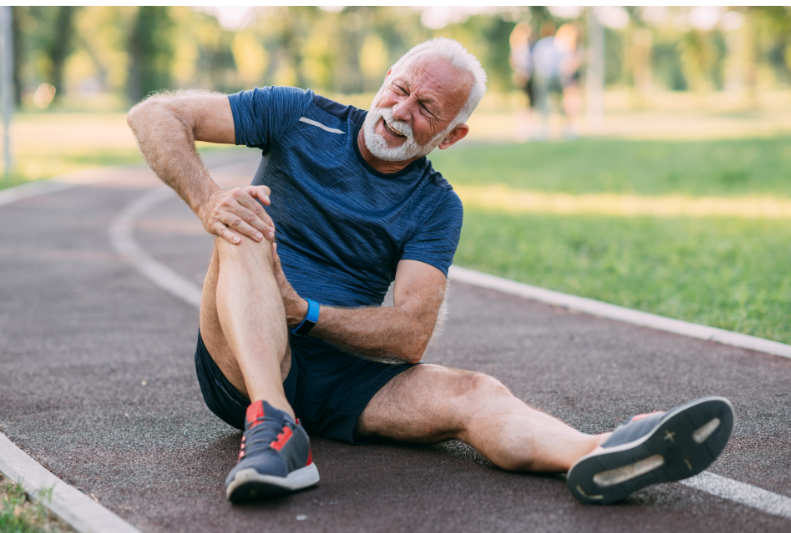Hip pain can be a challenging condition to deal with, impacting daily activities and causing discomfort and whether you’re an athlete or a weekend warrior, hip pain is a common issue that affects many people. In this blog post, we’ll explore common hip injuries and conditions that can cause pain and discomfort. Additionally, we’ll provide helpful physiotherapy tips for joint pain relief and management so you can have healthy hips!
Common Hip Injuries and Conditions
- Arthritis: Hip arthritis is a common condition that occurs when the cartilage in your hip joint wears down over time, leading to pain and stiffness.
- Bursitis: Bursitis is the inflammation of the bursae, the small sacs of fluid that cushion and lubricate the joints. In the hip, bursitis can cause pain and swelling.
- Gluteal Tendinopathy: A very common condition, more common in older females, brought on by a sudden increase in activity or on-going poor biomechanics • Hip
- Labral Tear: A hip labral tear is a tear in the cartilage that surrounds the hip joint. It can cause pain and instability in the hip. This is less common in the general population but good to look out for if you are experiencing a painful catching sensation in the hip after a fall or intense bout of exercise.
Tips for Joint Pain Relief and Management from Physiotherapy
- Exercise: Initially gentle exercises such as stretching and low-impact activities like walking or swimming can help keep the hip joint mobile and reduce pain. Then once the acute symptoms have settled, a progressive strengthening program to improve the strength around the hip joint will help to reduce the risk of reoccurance.
- Weight Management: Maintaining a healthy weight can help reduce pressure on the hip joint, which can help prevent injuries and reduce pain.
- Hot and Cold Therapy: Applying heat or ice to the affected area can help reduce pain and inflammation.
- Medication: Over-the-counter pain relievers such as paracetamol or non steroidal anti-inflammatory drugs (NSAIDs) can help reduce pain and inflammation.
- Seeking Professional Help: If you’re experiencing hip pain that isn’t relieved by self-care measures, it’s important to seek professional help from a physiotherapist or other healthcare provider. They can evaluate your hip pain and create a treatment plan that’s tailored to your needs
Exercises to Strengthen Your Hips
Exercises to strengthen your hips can also be helpful.
1. Hip Bridges: Lie on your back with your knees bent and feet flat on the floor. Lift your hips off the floor until your knees, hips, and shoulders form a straight line. Hold for 5 seconds and then lower your hips back down to the floor. Repeat for 10-15 reps.
2. Clamshells: Lie on your side with your knees bent and your feet together. Keeping your feet together, lift your top knee up as high as you can while keeping your hips straight. Hold for 2-3 seconds and then lower your knee back down. Repeat for 10-15 reps on each side.
3. Squats: Stand with your feet shoulder-width apart and your toes pointing forward. Lower your body down into a squat, keeping your weight in your heels and your knees tracking over your toes. Hold for 2-3 seconds and then push back up to the starting position. Repeat for 10-15 reps
Hip pain can be a frustrating and debilitating issue, but there are many strategies you can use to manage and prevent it. Remember to listen to your body and take care of your hips – they’re essential for so many daily activities!
Caitlan Skillicorn, APA Titled Sport and Exercise Physiotherapist, Healthfix North Sydney

